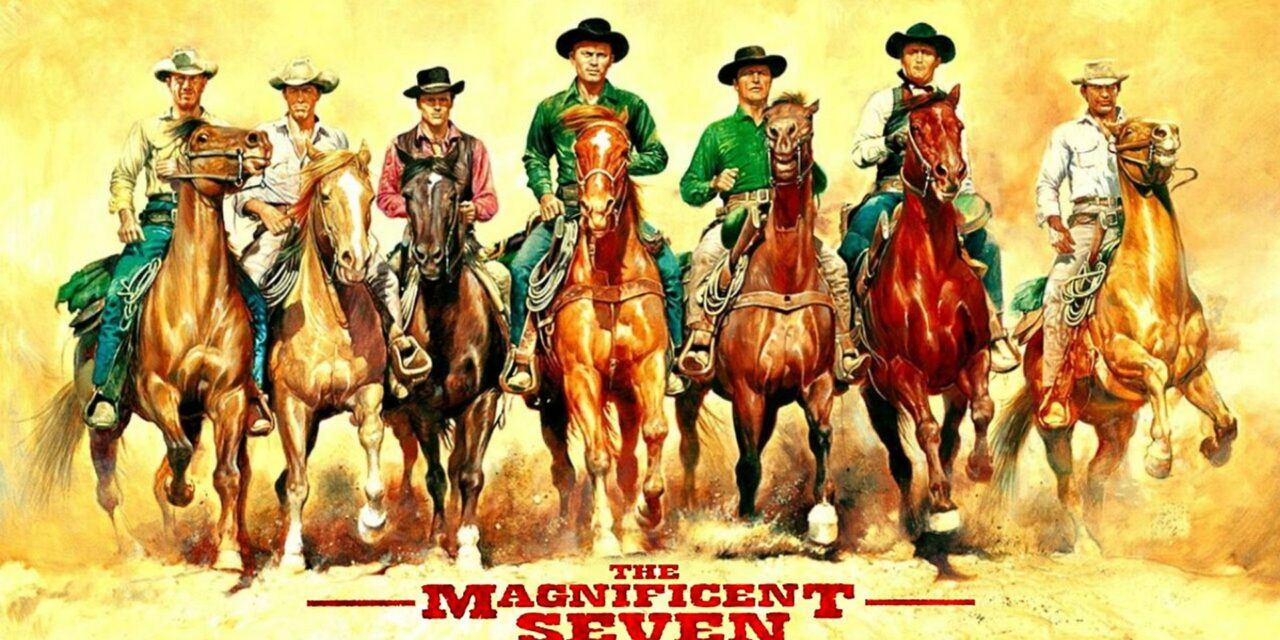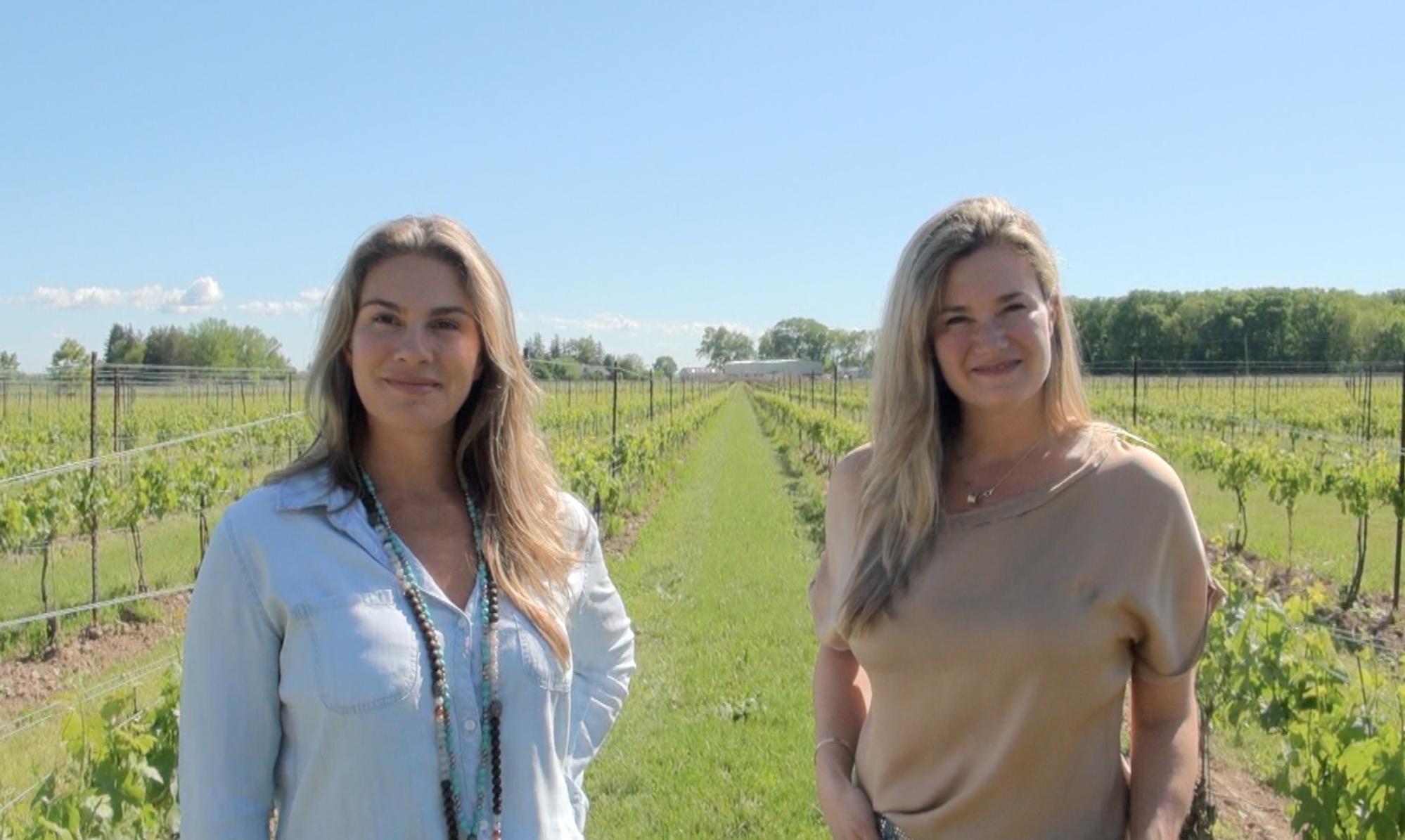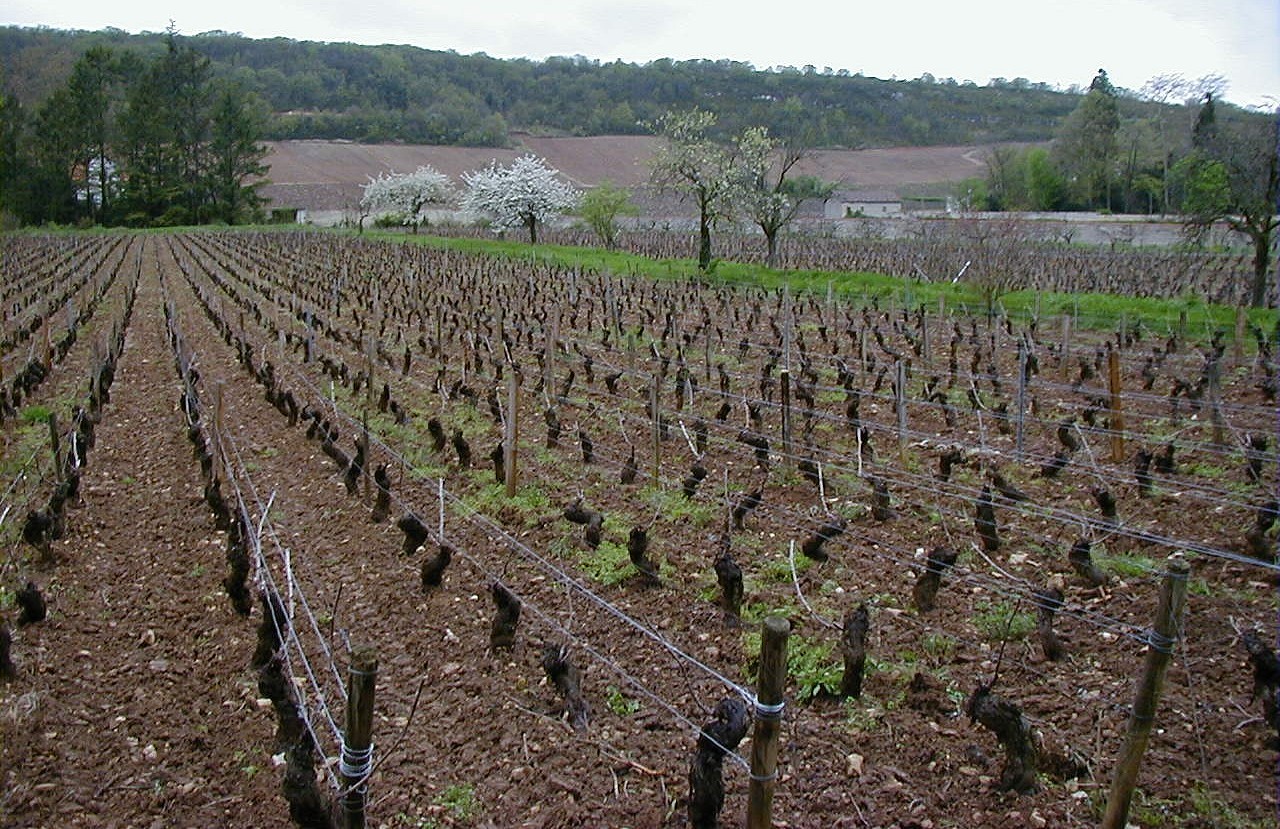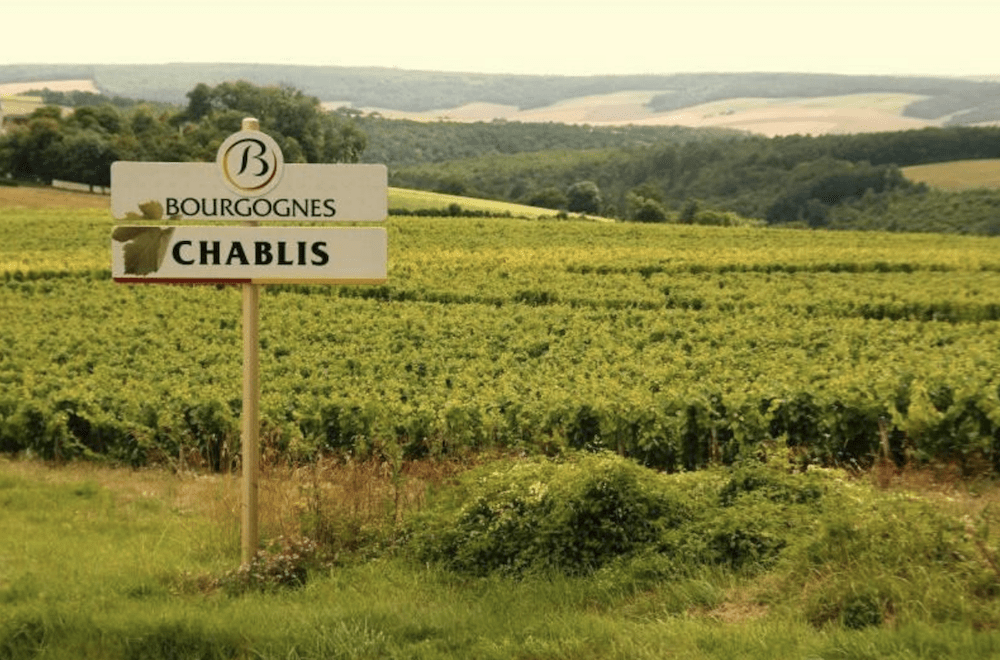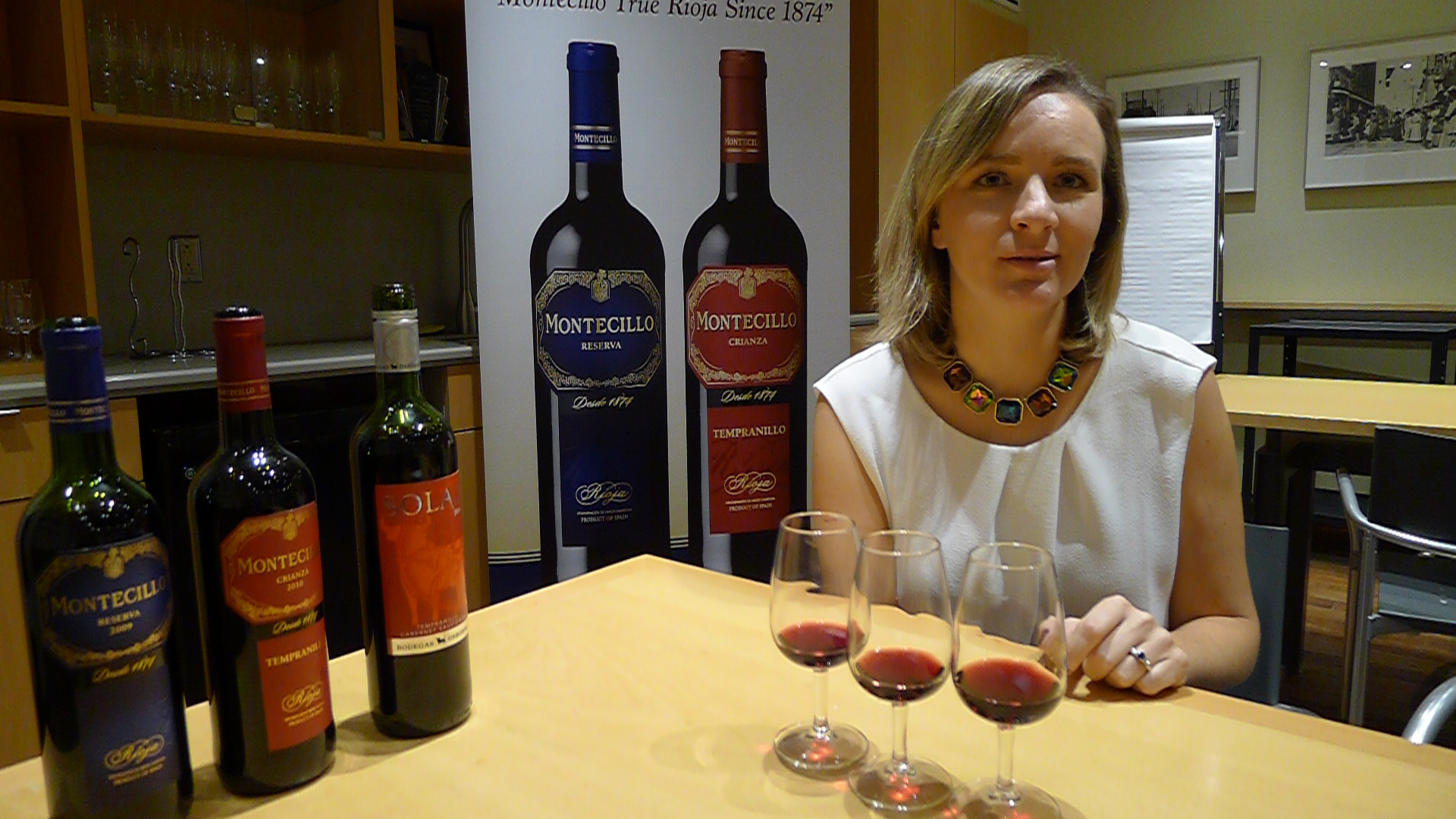Cowboy Chic or Bindi Audacity
In The Magnificent Seven (1960), James Coburn plays the knife expert, Britt, recruited by Yul Brynner. During one of the film’s more memorable scenes, Britt is challenged by a blowhard cowboy to a knife vs. gun fight. The laconic Britt says only three things, quietly and calmly, throughout the entire scene: ‘You lost’, ‘Call it’, and ‘Chris,” the last only as he acknowledges Brynner’s character after quickly dispatching the cowboy. Tall and lanky, if ever a person sauntered with purpose, it was James Coburn in that scene.
A brief eight years later, in Tuscany, Chiara Bindi Sergardi was urging her son, Nicolò, to attend a bridge tournament in Florence where he was studying law. I imagine a mother’s hope for her son to meet some people, to get out socially, and maybe even meet some girls. Nicolò did not want to accede to his mother’s wishes, as so many sons before him, but Chiara was not easily denied. In a fit of pique, after looking at a list of the attendees, Nicolò’s eyes stopped on a name, “Joan Coburn.” As an ardent fan of The Magnificent Seven, Nicolò audaciously stated, “Then this is the woman I will marry.”
Fortunately for us, Nicolò was true to his word. Not only did he wed Joan Coburn, but he discovered that she was indeed distantly related to that famous cowboy from the Hollywood movie. Of such moments are the passions of life made: westerns and horses, horse races and chance encounters, mothers and sons.
I say fortunately because last month, the crack team at Cru Wine Merchants held a Chianti masterclass for Toronto sommeliers, warmly hosted by Oretta on King. There I had the great honour to meet Alessandra Stockton Casini Bindi Sergardi, the third daughter of Nicolò and Joan, and listen to the storied legacy of her family’s estate in Tuscany.
Alessandra is the proud daughter of a family that traces its lineage in Siena back to 1349. At the center of life in the ancient city of Siena is the Palio. This bareback horse race, dedicated to the Madonna, is a contest between the 17 wards (contrade) of the city and is run twice in the summer. Honourable Siena, of democratic and republican mind since time immemorial, is a confederation of these 17 districts. They are microstates for all intents and purposes in which each resident is born and raised, lives, and dies, all within the confines of their own contrada. Nowadays, people freely cross these lines. If a couple from different contrade marry, however, their families may still negotiate which contrada will claim the new family.
The race itself is older than the Piazza del Campo in which it takes place, the cobblestones miraculously transformed into a racetrack by compressed sand and sawdust. This transformation recalls its origins when the race was run in the country, along the roads of Siena centuries before being brought into Piazza del Campo at the end of the 1500s.
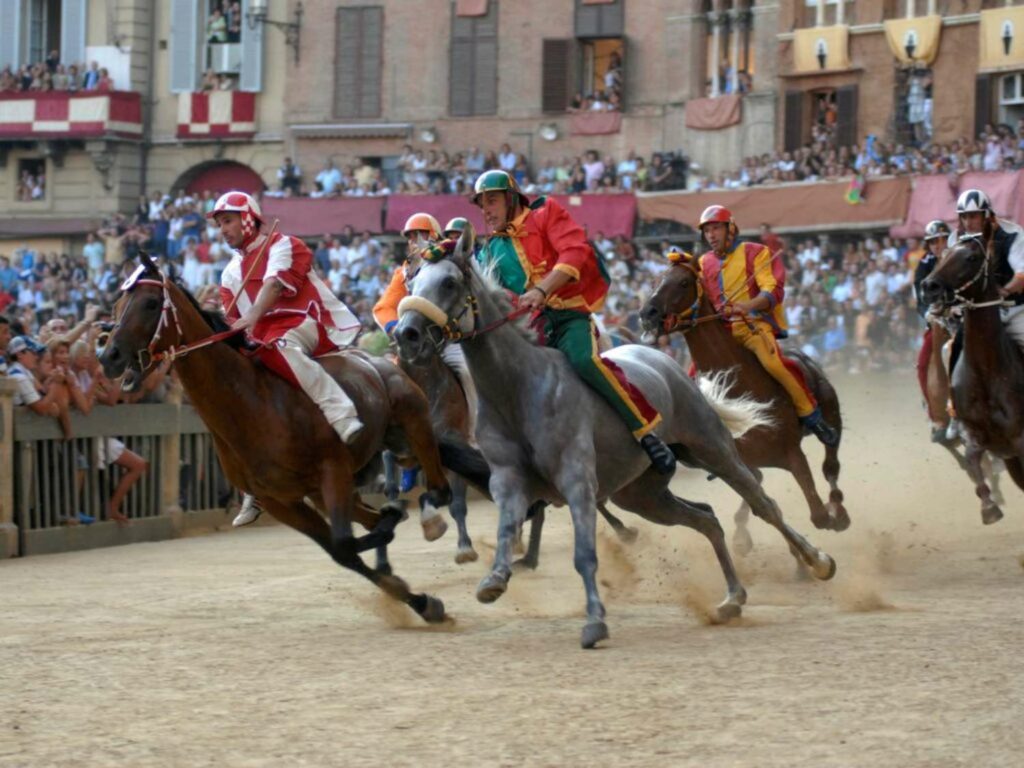
For Nicolò Bindi Sergardi, as for every other Sienese, the charitable social works of a contrada are its binding aspect but it is the Palio that crowns this fundamental good. Just as each contrada has its own chapel, each also has its own horse stall. The Bindi Sergardi contrada is Giraffa, one of only four districts to have no declared adversaries since they made peace with Bruco (Caterpillar) in 1996. In Siena, the horse is king, the hero of the Palio and each contrada’s champion. The Palio is won not by the rider, but by the horse. It takes a special kind of horse to run the Palio, however. It is not simply the fastest horse who wins; this is no flat straightaway. Palio winners need strong legs and toughness to survive the violence of the Palio.
Another collision important to Alessandra’s story occurred at the Palio. Finding her way into the most exclusive men’s-only club in Siena with typical Bindi Sergardi audacity, Alessandra was in search of the best view of the Palio. As expected, she was surrounded by the grey-headed patricio’s of the city. Yet, here amongst these venerable leaders of the city, she spied the most dashing young man she had ever seen—her future husband, Giannandrea Barabino Zondadari. Giannandrea’s family is also Sienese nobility, descendants of Pope Alessandro VII. Born Fabio Chigi in Siena, he came from the illustrious banking family of Chigi. Alessandra wears Pope Chigi’s medallion today in honour of her husband’s family.
Siena has retained its old ways. Despite the overwhelming intrusion of modern technology into our lives, the Sienese still gather in the Piazza, eating, drinking, and talking long into the night. Perhaps the Palio is the crochet hook that interlocks the threads of each contrade, each individual life, together? Sometimes the Sienese may feel they are the country mice to the city mice of Florence; but their streets are safe, and everyone keeps an eye out for troubled souls to help. The Republic of Siena might have disappeared in 1559 when it was incorporated into the Duchy of Florence, but just like the hills, as Alessandra says, “we didn’t go away.”
Biodiversity in Tuscany or Bindi Integrity
The Legend of Chianti Classico is itself based upon a horse race: two cavaliere depart at the cock’s crow from their respective towns, Florence and Siena, to claim as much ground as they can before meeting in the midst of the Chianti hills where the boundary will be set. The people of Siena selected a white rooster, but the Florentines chose a black one, which they locked in a dark room and left hungry for several days. This Medici cunning is used to explain the Florentine expansion within sight of the walls of Siena, but the Gallo Nero symbolizes not only the appellation now, but also this hungry cry for land.
Of the 11 Chianti Classico subzones, or Additional Geographic Units (UGAs), Gaiole follows the path of the Arbia torrent and splits what used to be known simply as Castelnuovo Berardenga into two ‘butterfly wings.’ Vagliali is where we will find the Bindi Sergardis, in the western wing, pushing up against neighbouring Castellina and into the heart of the appellation. The eastern wing retains the name of the formerly large commune, Castelnuovo Berardenga proper. Vagliali is based upon a single massive ridge, which splits into smaller ridges as it descends towards Siena. The feeling here is warmth and intense brightness, more Mediterranean than in the northern UGAs.
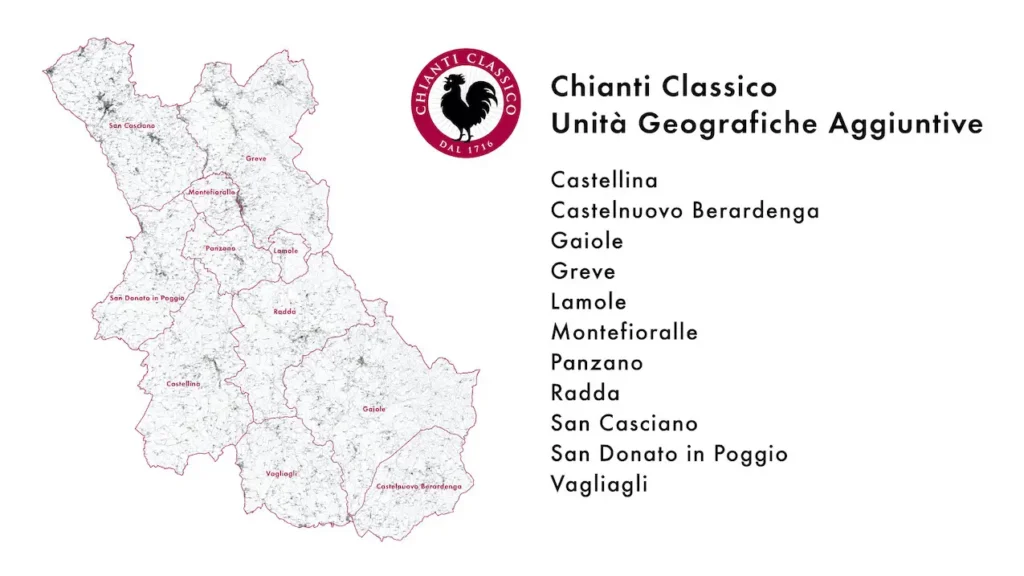
Of all this land, only 10% of Chianti Classico is vineyard. A living testament to biodiversity, the Bindi Sergardi estates all follow this same ethos of allowing other species of flora and fauna to flourish amongst the vineyard: olive trees, cypress trees, and native plants, all of which cover most of the acreage of their properties. Alessandra thus demonstrates the integrity of her family through her refusal to follow fashion or capitalist efficiency, some of which had previously damaged the reputation of the region in the age of the fiasco.
The Bindi Sergardis have a 20ha Chianti estate in the south, towards Montalcino, named Marcianella, where the hills are soft and surrounded by cypress. Their main focus, however, is here in Vagliagli. Across one of those smaller ridges near the eponymous town of Vagliagli, is I Colli, the home where Alessandra grew up and where Nicolò and Joan still reside. The wines here are open and welcoming and are made in a traditional and authentic style.
Further towards the wilder end of Castellina, up the ridge to the height of 500m, sits Tenuta Mocenni upon 60ha of stony Chianti Classico with an ideal southern amphitheatre aspect. This is Alessandra’s home and the place her grandmother Chiara loved best of all.
This biodiversity mirrors another cultural biodiversity. In Chianti it’s ‘horses for courses’, or ‘different strokes for different folks’. In this case, there are as many different recipes for the same dish, or indeed, the same wine, as there are grandmothers and winemakers in Chianti. As Alessandra says, “every hill has a different way”.
As we leave the frescoed ceilings of the Palazzo Bindi Sergardi in Siena, taking those same roads that the ancient horses raced up, we enter the hills of Vagliagli and Mocenni. If those frescoes in the city are proof of humanity’s genius, then coming here to make wine is the point at which that genius intersects with the natural world around it.
The super-star consultant winemaking duo of Federico Cerelli and Stefano Di Blasi help make the wine with Alessandra at all three estates. Paolo Silei at Mocenni and I Colli and Luca Fatighenti at Marcianella tend to the vines. This team of artisans labour together to capture the Tuscan sun in their bottles. But do not be deceived into thinking that everything is like in the movies. As Alessandra says, ‘Climate Change is a disaster.’ There are now mosquitoes in Mocenni where there were none before. The vigour of the vines is down in the high heat. Where they were trimmed once or twice a year, now they are only trimmed once. Nicolò always used to harvest the first Sunday in October, now it’s halfway through September. The Sangiovese clones are being selected for early maturation, and everyone is planting higher. More and more, great skill is demanded to capture that sunlight in the liquid. When things become difficult, we should go slow. For Alessandra, the answer to this disaster is a return to traditions rooted in the soil, traditions rooted in our memories, rooted in our DNA.
The Matrilineage or Bindi Authenticity
Alessandra comes from a long line of strong women and famous men. Born in Siena towards the end of the 1970s, Alessandra is the middle of Nicolò and Joan’s five children; two older sisters, Elisa and Rebecca, a younger brother, Clemente, and a younger sister, Maddalena complete the 23rd generation of the family.
After attending the scientific lyceum in Siena, Alessandra received her MA cum laude in Economics from the University of Florence. Immediately upon graduation, a call to follow the family tradition in wine came when she was offered a teaching position in Oenology at an international school in Florence.
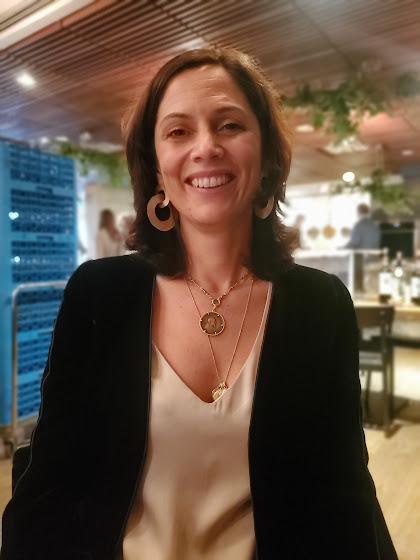
Alessandra comes from more than one tradition, however. Her American mother’s family has their own unwritten family rule: when a child turns 18, they must work at least three years outside of the family business. As Alessandra notes, ‘You have to leave the house and walk with your own legs.’ Like her mother, Joan, before her, Alessandra did just that and began working in sales and marketing for a prestigious winery, gaining invaluable experience.
Joan Coburn’s ethic comes from a long line of New Englanders who arrived just after the Mayflower. A Bostonian, she is descended from Richard Stockton (whose name Alessandra bears), a signer of the Declaration of Independence, who can be found in detail at Ben Franklin’s elbow in the Trumbull painting. Alessandra takes particular pride in the achievements of another one of her American ancestors, Colonel Robert Gould Shaw. Col. Shaw commanded the first all-black regiment, the 54th Massachusetts, during the US Civil War, memorably played by Matthew Broderick in the 1989 film Glory. Joan was studying Italian literature on a year abroad from Radcliffe in 1968 when she met Nicolò at that bridge tournament in Florence and, like her daughter is also no slouch, graduating summa cum laude.
After several years away, Alessandra returned to Siena in 2005 and took the reins of the wine sector of the family estates with the title of Director General. She immediately joined the local Committee for Female Entrepreneurship and in 2015 she became a member of the Board of Directors of the Chianti Classico Consorzio. Her father Nicolò, whose grandfather Emilio was one of the thirty-three founders of the Chianti Classico Consorzio in 1924, retired just this past March at the age of 82.
Alessandra Casini Bindi Sergardi is the real McCoy, the genuine article. She embodies a matrilineage of the Bindi Sergardi family, beginning with its foundation in the mid-1500’s when Calidonia Sergardi created the Bindi Sergardi family through her marriage to Gerolamo Bindi. The compound surname was born when the couple, who had no children of their own, decided to adopt Calidonia’s nephew, Ottavio. Calidonia made him a proposal, “I will give you all the money of my husband’s family, but you must also carry the Bindi name.”
Down the years, the same name is transmitted at the birth of Chiara to Elisabetta during the First World War in 1917. Both mother and daughter would be widowed young. In 1934, Chiara’s father passes away when she is 17. The two women must work the land themselves. Four years later, Chiara marries Alessandro Casini just as the Second World War begins in 1939. Upon their return home to Chiara’s favourite place, Mocenni, Alessandro said he had a surprise for her. Such was Chiara’s love for agriculture that she blurted out, “Is it a seeder?’
Then, in 1942, Alessandro is sent to Russia and is captured as a POW. He was never to return to Chiara, and it wasn’t until 1986 that she found out he had died digging his own grave. Chiara tracked down a man who had survived the gulag by pretending to be an engineer and had witnessed Alessandro’s death. Fatherless and widowed, in an Italy where 1 out of 4 women were illiterate and did not work, Chiara did not give up the farm, and like so many other women in Italy, she kept working the land.
The Second World War changed the face of Italy. People fled the countryside for the cities and factories, where they could get steady work. Chiara stayed. When everyone else was selling their land as fast as they could and the countryside was seen only as a burden to be shrugged off, Chiara stayed and never abandoned the land. This tenacity, this resilience and strength, this toughness, is the same toughness that runs in the veins of Siena and is bred into the horses who run the Palio.
At Mocenni, Chiara would pass by the rocky crown of the hill and imagine a thriving vineyard there. The alberese and galestro stones of the hill would not yield to her during her lifetime. Nicolò, the faithful son, realized Chiara’s vision when he acquired a 60-horsepower stone crusher and planted the vineyard now known as Vigneto della Signora Chiara. Today, this vineyard is the source of the magic of Calidonia, Bindi Sergardi’s Riserva Chianti Classico.
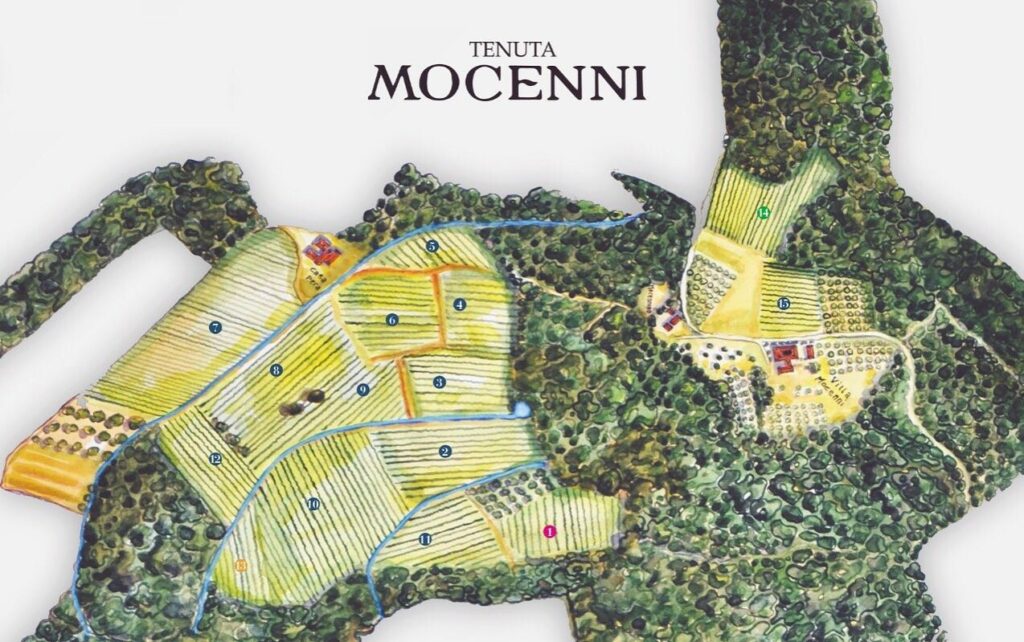
1: Particella 91 2: Particella 89 9: Vigneto della Signora Chiara 11: La Ghirlanda
The Bindi Sergardi women are forces to be reckoned with. Elisabetta, Chiara, Joan, and now Alessandra, have preserved and persevered through their spirited intelligence, diligence, and a true love for the land. Chiara brought electricity to Mocenni and the surrounding farmhouses in the 1960s. She would always keep in close contact with the farmworkers, surveying the skies, keeping in touch with the soil. She made her granddaughter Alessandra work the harvest and make the phone calls to sell their crop. Alessandra hated it then but loves the work now, believing this close connection to the land is the only true way of growing good fruit and making authentic wine.
Now, Chiara’s granddaughter and Nicolò’s daughter have brought the Bindi Sergardi family into its next era. Alessandra’s own vision is to continue to produce only wine of elevated quality and to bring the heart of Siena and the Bindi Sergardi philosophy to the world: audacity, integrity, and authenticity. From the vineyard to the cellar, the team works as one with vitality and vigour. Now, however, Alessandra is not the only granddaughter farming the land. The youngest child of Nicolò and Joan, Alessandra’s sister, Maddalena, has returned from a career in finance and joined Alessandra on the leadership team. Their own label, their own voice grown from the land, carry forth Chiara’s spirit and her sacrifices. During her long travels around the world, tirelessly introducing her family’s wine to new drinkers, Alessandra says, “When I travel, Chiara travels with me.”
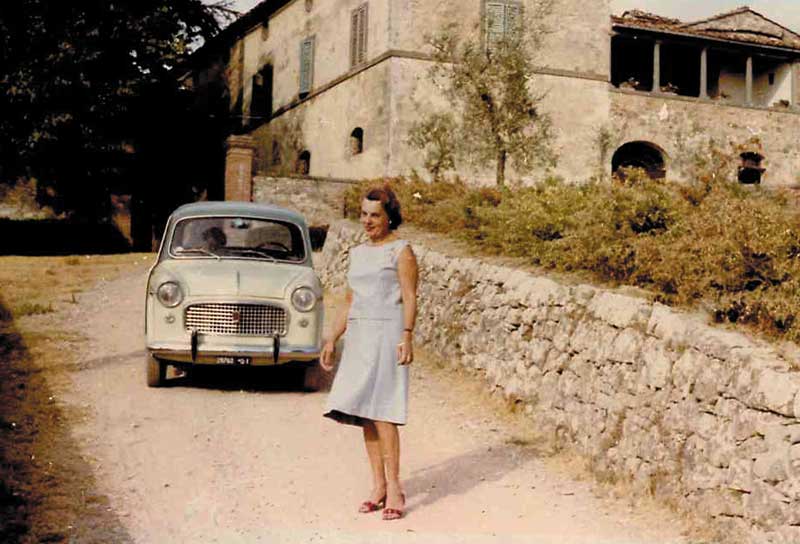
Chiara circa 1960
2021 Bindo IGT Toscana Bianco – $21.95 licensee Cru Wine Merchants
50% Malvasia Bianca Lunga, 30% Trebbiano Toscano, 20% Chardonnay. Stainless. I Colli estate. Dedicated to Bindo Bindi, governor of Orvieto in 1400, a region (in)famous for it’s neutral whites based on Trebbiano Toscano; the better wines of the appellation usually showcase Grechetto or Malvasia, as in this example. The emphasis on Malvasia is also a nod to the ancient Chianti blend of Baron Ricasoli – 7 Sangiovese: 2 Canaiolo: 1 Malvasia Bianca Lunga. (The Consorzio eliminated white grapes altogether from Chianti Classico in 2006.) This wine shows some unctuousness, sapidity and delicate aromatics from the Malvasia, bright citrus from the Trebbiano, hawthorn, and almond. Good intensity, balancing acidity, and concentration of fruit. Serve it on the terrace with an appetizer or wild pickerel, to guests who are looking for something beyond Pee-Grig.
![]()
2021 Achille IGT Toscana Rosso – $21.95 licensee Cru Wine Merchants
90% Sangiovese, 10% Merlot. Stainless. I Colli estate. Dedicated to Achille Sergardi, Master of Customs Duties on Salt in 1519, devoted servant of the Republic. The Sangiovese at I Colli is rounder and softer and the Achille is thus labelled IGT to demonstrate this approachability. Floral nose, with plum, tobacco, cocoa nibs, and wild strawberries, the tannins are plush, and the Merlot is certainly not out of place here. Black bean burgers and a fresh salad with maybe a little chill on the bottle and you’re off to the races.
![]()
2020 Ser Gardo Chianti Classico – $34.95 licensee Cru Wine Merchants
Still in the home estate of I Colli, we encounter the 100% Sangiovese Ser Gardo. Named after Niccolò Sergardi, “Sir Guardian”, Governor of Siena in 1530. Fermented in stainless and raised in large botti, Ser Gardo displays intense red fruits, a touch of leather, earth, cherry pits, all revealing a layered structure, at first floral, then redolent of spice and cinnamon. This is the benchmark for which wine writers look to see the character of the vintage. Wash down a classic scottiglia with this Classico.
![]()
2020 La Ghirlanda Chianti Classico – $39.95 licensee Cru Wine Merchants
Moving up the ridge of Vagliagli, “The Garland” is a wood crowning the hill of Mocenni and is absolutely worth the extra $5. Still 100% Sangiovese in the house style, but where Ser Gardo bends like a bow, now we come to the unyielding bowstring of the galestro and albarese soils. Dark fruit and chocolate flow from its year in 50hl botti and frame a taut tannic structure. This wine crackles like grilled fish skin and demands a thick cut of Chianina steak or your patience to decant it an hour ahead of service or even further, to lay it down for 5-7 years.
![]()
2019 Calidonia Chianti Classico Riserva – $53.95 licensee Cru Wine Merchants
My wine of the tasting. As Alessandra said, “She was singing today”. Dedicated to Calidonia Sergardi, the OG matriarch of the family, the Riserva of Mocenni, still 100% Sangiovese, sees a year and a half in 42hl botti and when she does appear in the glass, every head in the room is turned. Very fragrant, intense Bing cherries, leather, spices, and hyacinth. This wine shows a deft hand but there is something beyond craft here, something glorious, uplifting, and harmonious. Intriguing notes of pomegranate, cardamom, and toasted cumin seed are discovered as each layer of fruit drifts away. Wonderful now, there is the promise of life ahead for at least a decade. Serve this on your tasting menu with an elegant filet accompanied by shaved truffle.
![]()
2018 Mocenni 89 Chianti Classico Gran Selezione – $89.95 licensee Cru Wine Merchants
Single-vineyard (plot #89) Sangiovese from Mocenni, seeing a full two years in 42hl botti. The same fragrance of Calidonia with an added seam of balsamico. Very precise, linear, deep, and concentrated fruit of cherry and plum, quince, pomegranate, and orange zest. An elegant Gran Selezione, not overbearing, but with good tannic structure and a calm, noble demeanour. This excellent wine, a model for the category, is approachable now, but would reward time in your cellar for a birth-year gift.
![]()
2019 Mocenni 91 Cabernet Sauvignon IGT Toscana – $98.00 licensee Cru Wine Merchants
The other single-vineyard wine is a Super-Tuscan raised in barriques but for a fraction of the price and with all the sumptuousness one would expect of the category. The Cabernet fruit is true to form, dense and concentrated, but is distinguished by a savoury edge, the Mocenni inflection of spice and sapidity. Great structure and built to last, this wine will impress your boss at your next business dinner or be a savvy addition to a prestigious cellar.
![]()
(All wines are scored out of a possible five apples)

